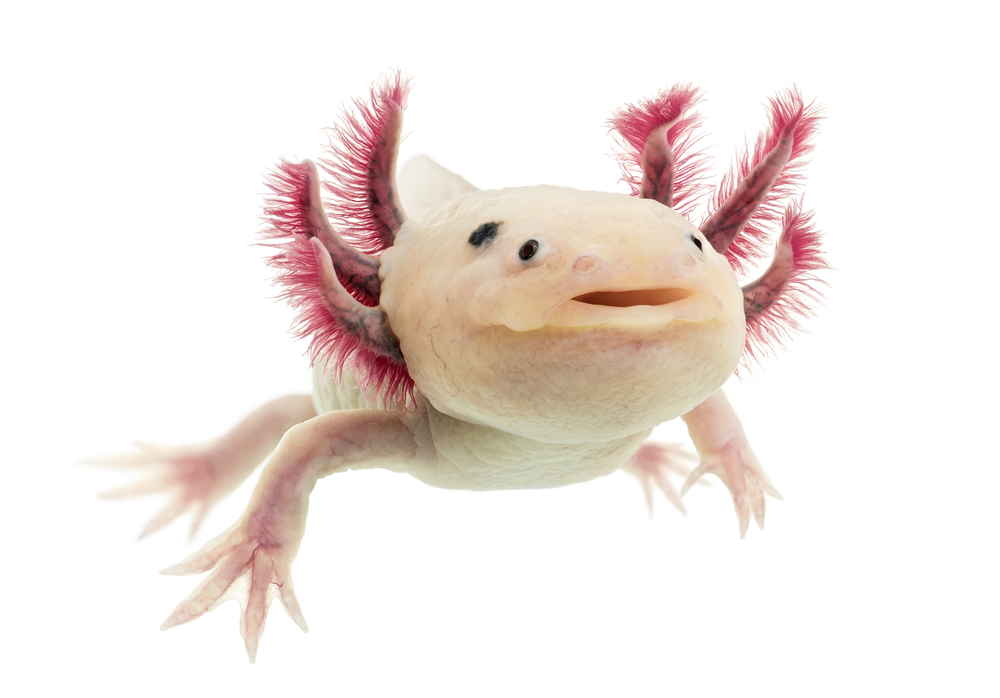
Some animals can regenerate limbs through a variety of biological processes. The sea spider Pycnogonum litorale, for example, can regrow entire body parts, surprising scientists who previously thought such extensive regeneration wasn't possible for arthropods[1].
The axolotl, a species of salamander, uses a process called dedifferentiation, where adult cells revert to a stem-cell-like state and then form a blastema that regenerates the lost limb[1][2][4]. This blastema is guided by morphogen gradients, which provide spatial information to the cells so they can form the correct structures[4].
Flatworms like the Planaria use a method called stem cell-mediated regeneration. They possess pluripotent stem cells that can replace any damaged cells and even regrow entire bodies from a small fragment[1][2][4].
Hydras utilize morphallaxis, where existing cells rearrange and transform to regenerate missing body parts. They can also combine this with a method similar to dedifferentiation if the injury is severe[1][4].
Starfish and some lizards also regenerate their limbs through a process involving a blastema, but the new structures may sometimes differ from the originals, such as a cartilaginous tube instead of vertebrae in lizards[1][5].
Overall, these differing regenerative strategies depend on the animal's stem cells and the ability to activate specific genetic and molecular pathways[1][2][4][5].
Get more accurate answers with Super Pandi, upload files, personalized discovery feed, save searches and contribute to the PandiPedia.
Let's look at alternatives:
- Modify the query.
- Start a new thread.
- Remove sources (if manually added).